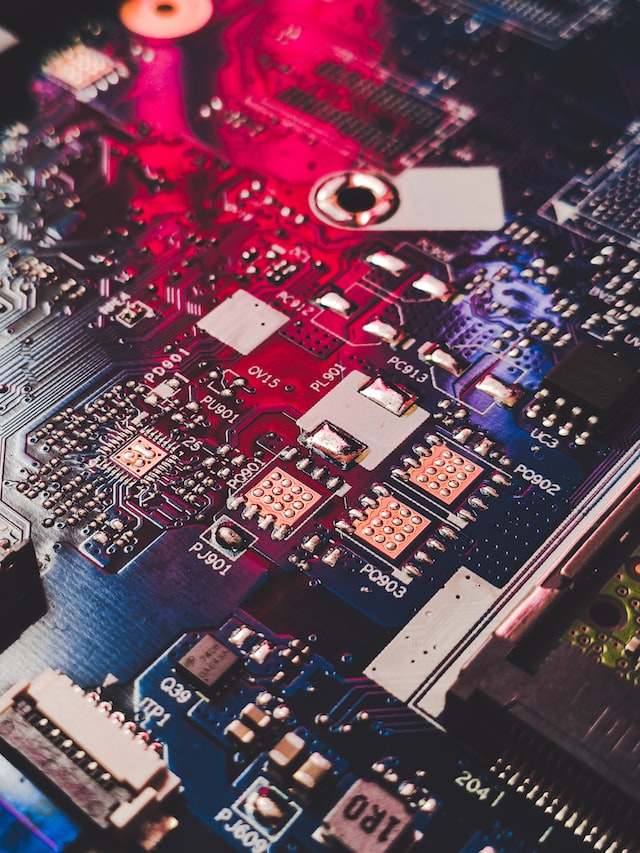Circuit bending is the process of modifying electronic devices, such as toys or keyboards, to create new sounds and behaviours. The practice originated in the 1960s with experimental musicians who began modifying electronic instruments and toys to produce unconventional and unique sounds. Over time, circuit bending became a popular form of DIY electronics and a way for musicians and artists to create new and interesting sounds. The technique involves opening up the device, finding circuit pathways, and experimenting with various components, such as resistors and capacitors, to create new sounds and behaviours. Today, circuit bending is used in a variety of musical genres and has become a popular hobby for electronics enthusiasts and musicians alike.
Circuit bending is relatively inexpensive to get into. Here are some of the components and tools that you’ll need to start off on your circuit bending journey. Never tinker with devices that are mainly powered. Stick to battery-operated items for your own safety.
Soldering Iron
You’ll need a soldering iron – which can be purchased from Octopart – in order to detach and attach wires and components from Printed Circuit Boards. Soldering irons use immense heat to melt solder, which is a conductive metal compound.
Solder
Solder is used to permanently affix components and wires to the PCB of the device you are modifying. The most common types of solder are typically composed of a combination of tin and lead or tin and silver. Some solder formulations may also include flux, which helps to clean the metal surfaces being joined and prevent oxidation during the soldering process. More recently, lead-free solders have become more common due to environmental concerns over the use of lead in electronics manufacturing.
Resistors
A resistor is an electronic component that resists the flow of electrical current. It is used to control the amount of current that flows in a circuit by providing resistance to the flow of electrons. Resistors work by converting electrical energy into heat energy. This is done by allowing the electrons to collide with atoms in the resistor material, which causes them to slow down and release energy in the form of heat. Resistors are crucial in circuit bending as they allow you to control the level of current heading to a component – and therefore alter the kinds of sound you will eventually produce.
Switches And dials
If you want to actually control the kind of sounds that your circuit-bent creation makes in real time, you’ll need to incorporate switches and dials that activate or disable resistors and circuit pathways. There are many different switch and dial styles to choose from, so experiment away!
Wire
High-quality insulated wire is used to make new connections – and therefore open up new sonic possibilities. You’ll need to carefully strip the end of each wire section in order to effectively solder it onto the Printed Circuit Board. Crocodile clip wires are also useful for testing new connections before you solder them in.

